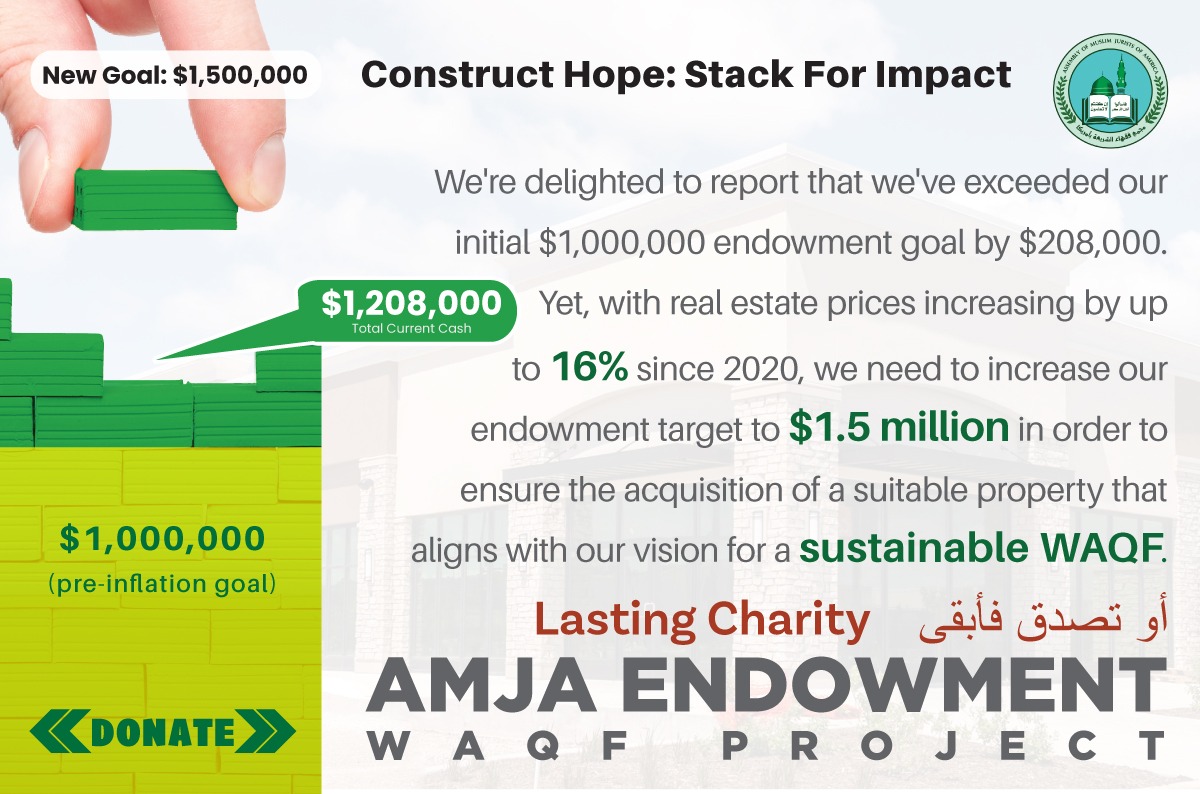30 years ago the United States enjoyed a pro business tax and regulatory environment . As a result, inflation in most periods was under control and the market enjoyed a dramatic expansion. One obvious reason was the collapse of the Soviet Union; which resulted in an explosion of productivity, free trade, low interest rates and wealth creation. The bull market experienced two major blows.
One the dot com bubble ending and the 9-11 terrorist attack. Because of inflation that was low in historical standards the fed resorted to cutting rates even further to stimulate the economy. The aggressive easing of monetary policy accelerated the lending process.
Mean while; and on the global arena the collapse of communism and the dilution of socialism lead to the rise of China, India and the emerging economies.
Real estate’s last bubble was in the 1980’s which only began to recover in the late 1990’s. As a result, home ownership has expanded in the United States and in the industrial world. As real estate values began to accelerate, financial institutions relaxed lending standards to investors and speculators as well as 1st time home buyers. The high returns in the real estate market relative to historical real estate returns only increased the appetite to build more and pour more money into the real estate asset class. Under assumption that home values would always go up builders built more and people bought more; In reality, more than they could afford. Banks, insurance companies and real estate funds leveraged without prudence more loans under terms that will only result in a crash.
The lack of transparency from the federal government and the lending institutions and poor management judgment from the investment institutions exasperated the problem. The SEC failed to properly regulate investment banks and the FDIC failed to supervise commercial banks. They have failed to establish a clearing house for what is known as the credit default swaps (CDS).
Banks packaged those loans in an investment vehicle called CMO’s (collateralized mortgage obligations) and sold them off to institutional investment houses. To protect themselves the investment houses traded default contracts in betting the contracts will never be exercised, while the sellers thought they are making easy money . Simply put, and because of the lack of regulations, we only can estimate that the CDSs are in excess of 59 Trillion dollars in value, and the total derivatives contract value in excess of 590 Trillion Dollars in value. It’s important to understand that the world gross domestic product (GDP) is estimated to equal 45 to 50 Trillion Dollars, “George Soros described derivatives as hydrogen bombs and Warren Buffett called them financial weapons of mass destruction, ” Falling housing prices has ignited that chain reaction of loans being called and default contacts being exercised. In the last five years, demand for energy and industrial commodities soared to levels which alarmed central banks around the world.
The fed began hiking rate in 2004. But despite the fed and the European central banks, inflationary pressures acted to reduce growth and incomes. Mean while, housing prices, which peaked in 2006, started to decrease. In mid 2007 the bursting of the housing bubble reached the credit markets.
Because of the high level of secrecy and the lack of transparency of the CDS products, trust began evaporating from the credit markets. Banks were refusing to extend more credit at any level, resulting in a total jam of the lending market. The problem quickly spread globally which caused the failure of the most exposed institutions in need of credit, Bear Stearns, AIG, Fannie Mae, Freddie Mac, Washington Mutual, Lehman Brothers and Wachovia, among others are victims of this financial mess. The stock market, as a result of the lack of confidence in the credit system and many businesses unable to fund working capital needs, sold off. The federal government sees that the problem is in the lock down of the credit markets as a result, they have extended a rescue package that was officially in the size of 700+ Billion Dollars but in reality it is in excess of 2 Trillion to increase liquidity and stimulate lending.
It is too late to avoid a recession in many economist opinion however with the full attention and might of the US Treasury and the rest of the industrial world backing this outlook it is going to be very hard to explain that the problem is in the essence of the credit markets lack of understanding of the injustice of usury.
The credit crisis will always be self destructive as long as the economic system does not add value by fostering a healthy, just system of capital appreciation that will equate valuations with reality.
Collateralized Mortgage Obligation – CMO
What does It mean ?
A type of mortgage-backed security that creates separate pools of pass-through rates for different classes of bondholders with varying maturities, called tranches. The repayments from the pool of pass-through securities are used to retire the bonds in the order specified by the bonds’ prospectus.
Investopedia says ..
Here is an example how a very simple CMO works: The investors in the CMO are divided up into three classes. They are called either class A, B or C investors. Each class differs in the order they receive principal payments, but receives interest payments as long as it is not completely paid off. Class A investors are paid out first with prepayments and repayments until they are paid off. Then class B investors are paid off, followed by class C investors. In a situation like this, class A investors bear most of the prepayment risk, while class C investors bear the least.
Credit Default Swap – (CDS)
What does It mean ?
A swap designed to transfer the credit exposure of fixed income products between parties.
Investopedia says ..
The buyer of a credit swap receives credit protection, whereas the seller of the swap guarantees the credit worthiness of the product. By doing this, the risk of default is transferred from the holder of the fixed income security to the seller of the swap.
For example, the buyer of a credit swap will be entitled to the par value of the bond by the seller of the swap, should the bond default in its coupon payments.





